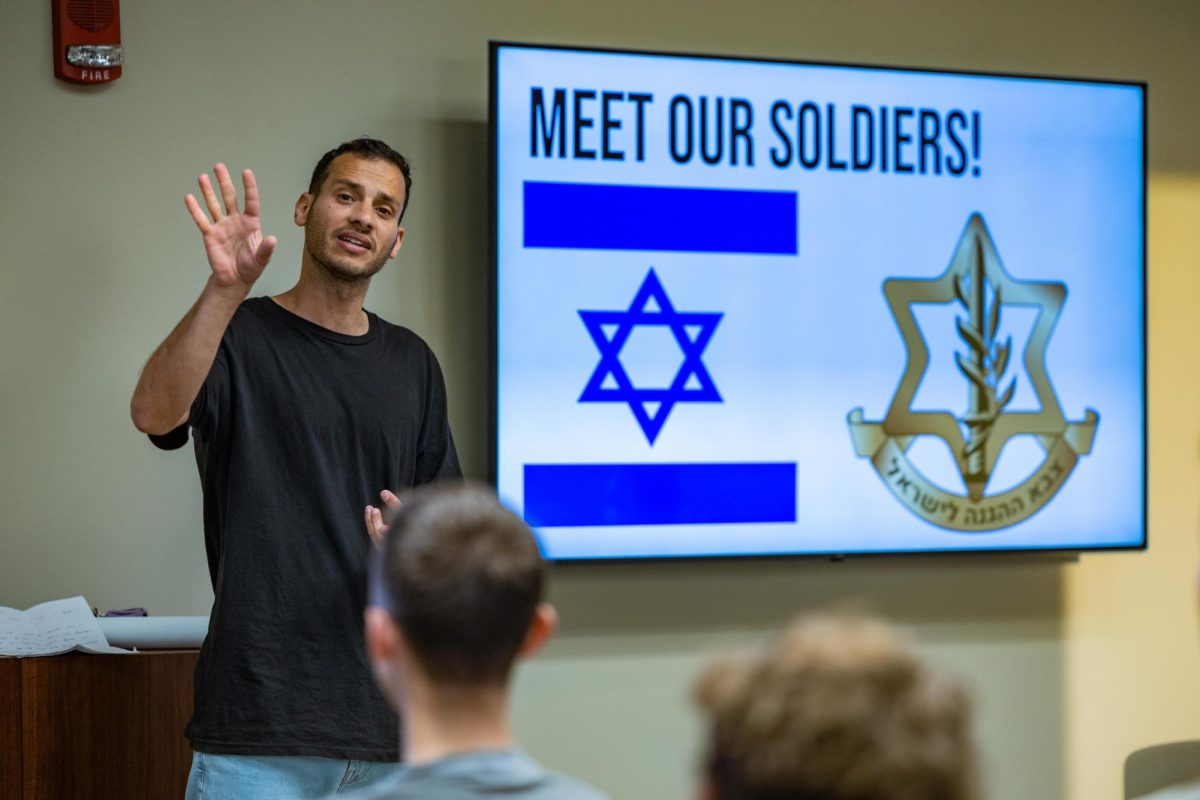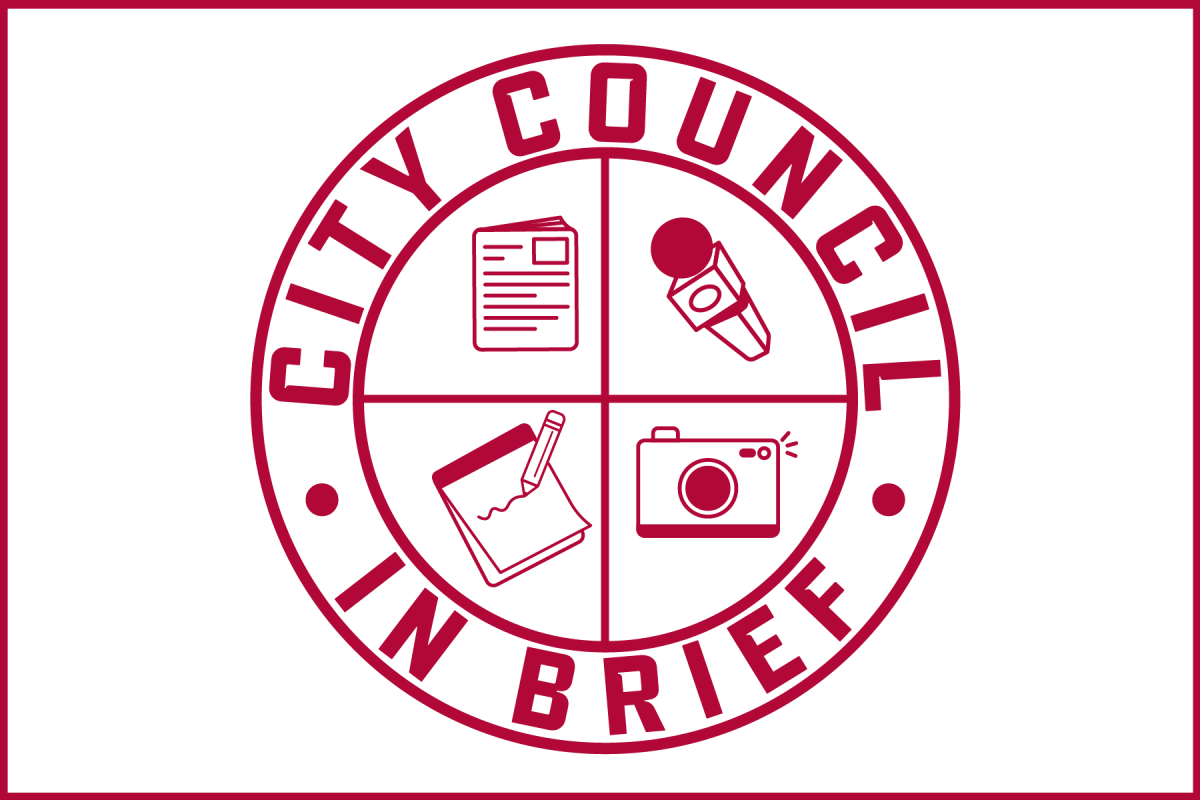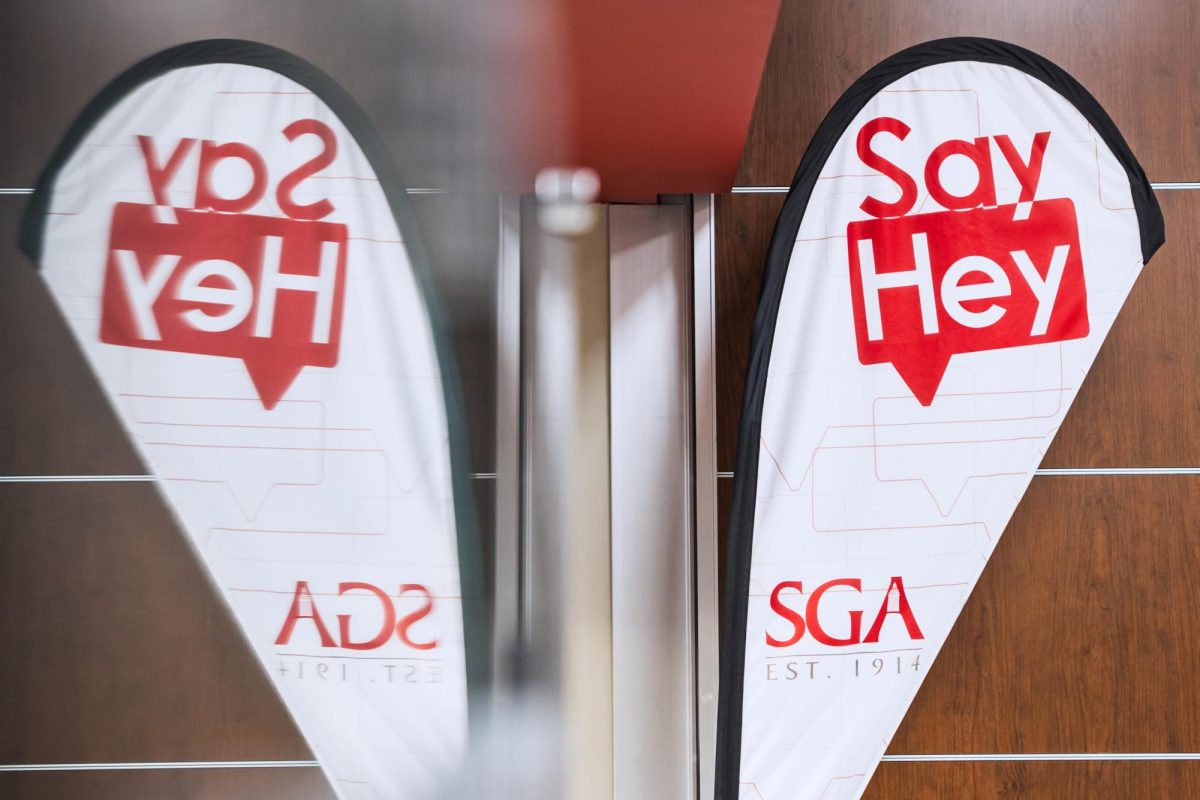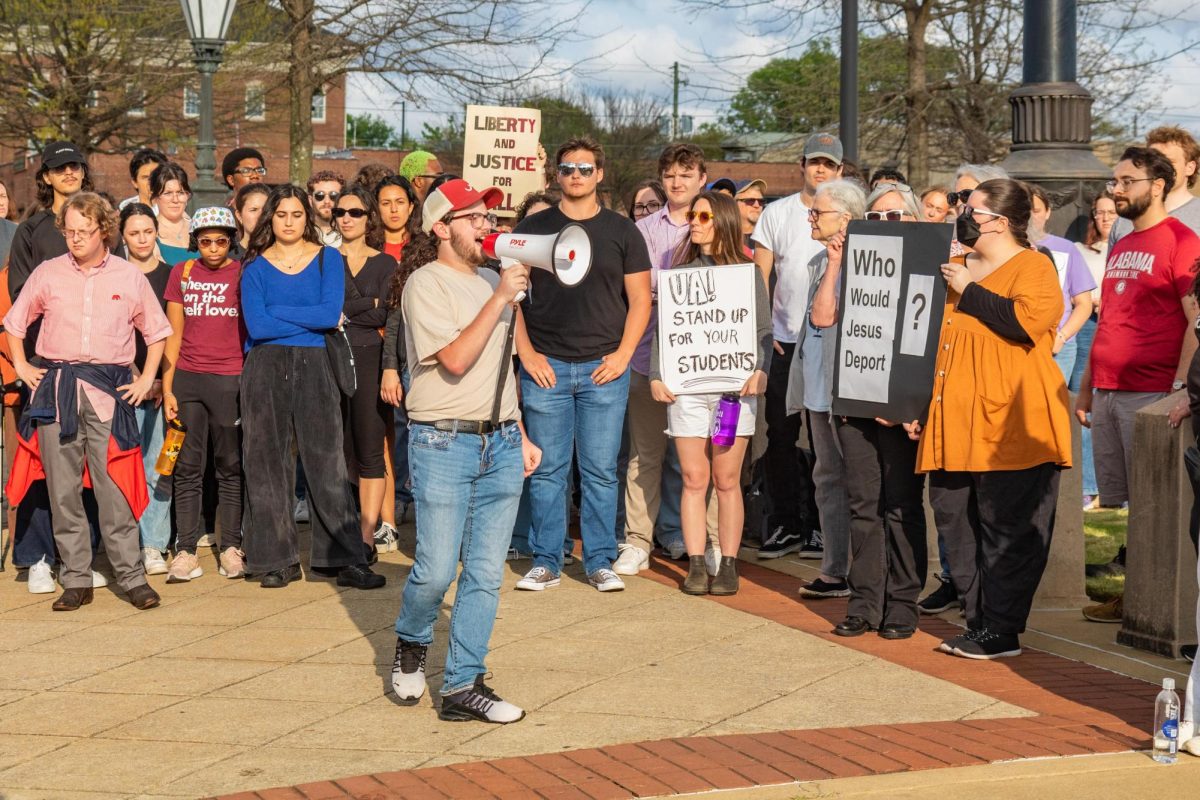With more than 700 volunteers, Literacy Is The Edge looks to increase involvement to decrease illiteracy rates in West Alabama.
Louise Crow, president of LITE, said one in four Alabama residents arefunctionally illiterate. She said illiteracy limits the simplest aspects of life.
“It creates a ripple effect, illiteracy is linked with poverty, high school drop out and crime,” Crow said. “This limits people from doing basic things like filling prescriptions, depositing money in the bank and reading job ads.”
Football players Mark Ingram and Lorenzo Washington, and gymnast Kassi Price recorded public service announcements to promote LITE, and they have been shown around the state.
“As student athletes, these individuals serve as role models to our community, Heather Newkirk, a graduate student in advertising and public relations and a LITE member, said. “They can use their positions to give back and attract people to a great cause.
Regardless of their busy schedules, as soon as they heard the statistics about the literacy issues in West Alabama, they were more than willing to help,” she said.
Twenty-two graduate students founded LITE in 2008 when Bruce Berger, professor and chairman of the advertising and public relations department and faculty advisor for LITE, proposed the idea to his persuasive communications class.
“I became aware of the new Literacy Council of West Alabama, and invited Johnnie Aycock, head of the Council and president of the West Alabama Chamber of Commerce, to speak to the class about literacy,” Berger said. “After his compelling talk, the students and I decided to convert our class into an advocacy group to use our study of persuasion to try to get UA students involved in the fight against illiteracy.”
Berger said the 2008 class did a great job and recruited more than 200 students to help. Eighty of them became reading tutors.
LITE currently has more than 400 Facebook members, 752 registered UA student volunteers and 24 adults seeking reading help, Crow said.
“The class of students this year adopted the same topic and cause and has done a phenomenal job, recruiting more than 700 UA students to help,” Berger said. “More than 200 of them are now being trained as tutors.”
“I think it’s great that so many students support this fight against illiteracy,” Robert Fender, a junior majoring in business, said. “With so much involvement, we can spread awareness and help people in the local area who suffer from this wide-spread issue.”
Kristen Robinson, a graduate student, was surprised by the scale of the state’s reading problem. “It is hard to believe that more than 1 million people in the state have trouble reading, writing, and doing basic math functions,” she said. “Every time I go to the bank or to the pharmacy now, I look around and realize that my neighbors in Alabama may not be able to read their prescriptions or read the deposit slips–LITE has given me an avenue to help fight illiteracy and help my neighbors live a better life. If you can read, you can help too!”
Volunteers must complete a 90-minute training session.
Crow said everyone is invited to volunteer, regardless of classification.
Once trained, volunteers can schedule tutoring session convenient to their schedule, she said. If volunteer tutors an adult, sessions can take place at a central location, like a public library, Crow said. If tutoring a child, sessions can take place at local schools. Crow said LITE’s moto is “One.”
“One hour a week can change one person’s life forever,” according to the LITE web site.
LITE is not limited to volunteering one hour a week, Crow said. Volunteers are free to tutor indefinitely, she said.
Nearly one-quarter of Tuscaloosa County residents are functionally illiterate as are over 40 percent of residents in some surrounding counties like Hale and Green, Crow said.
“It is virtually impossible for people to function at a high level if you don’t have basic reading skills,” Crow said. “A lot of children come home from school, and their parent can’t read them a bedtime story.”








